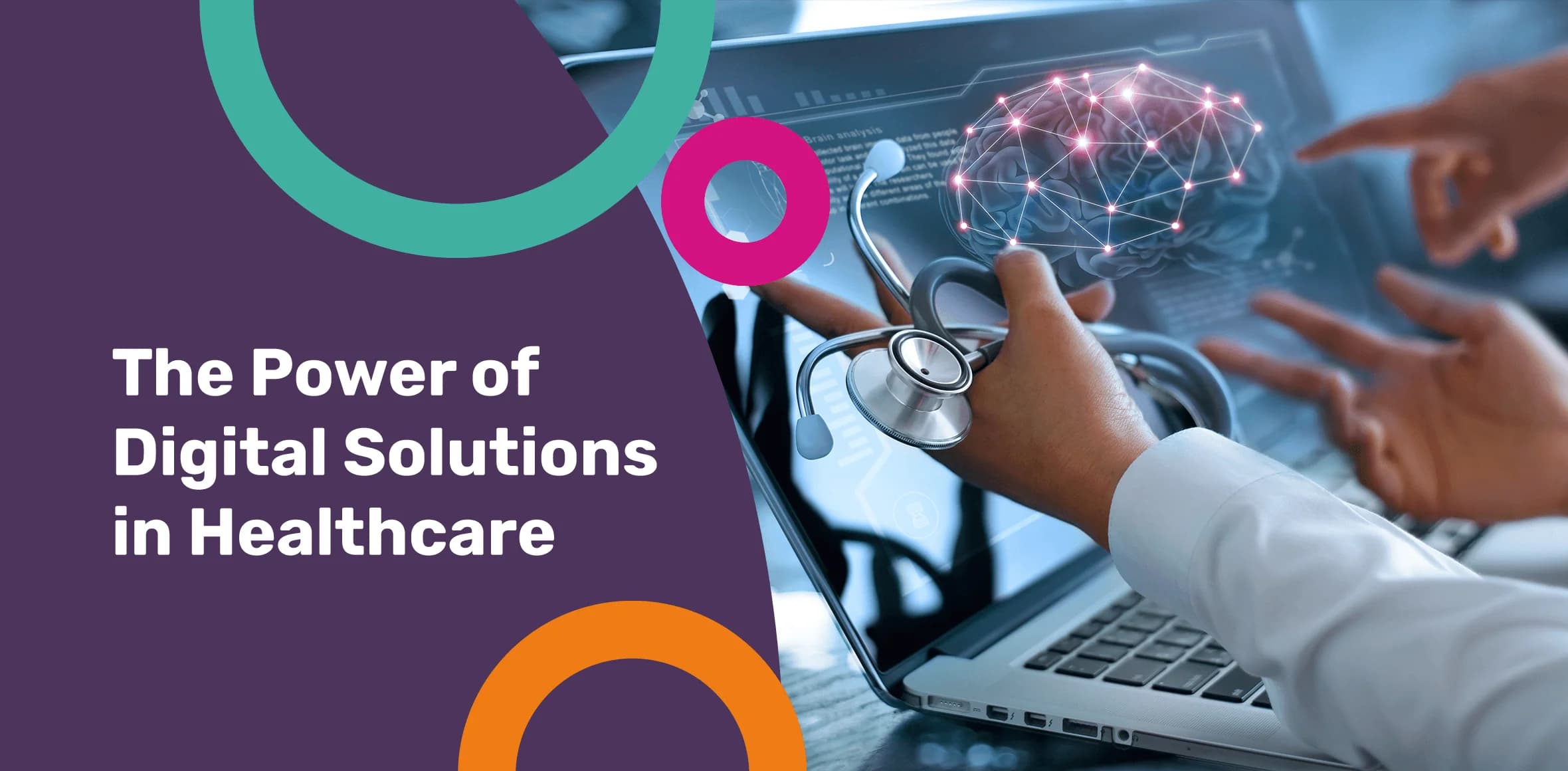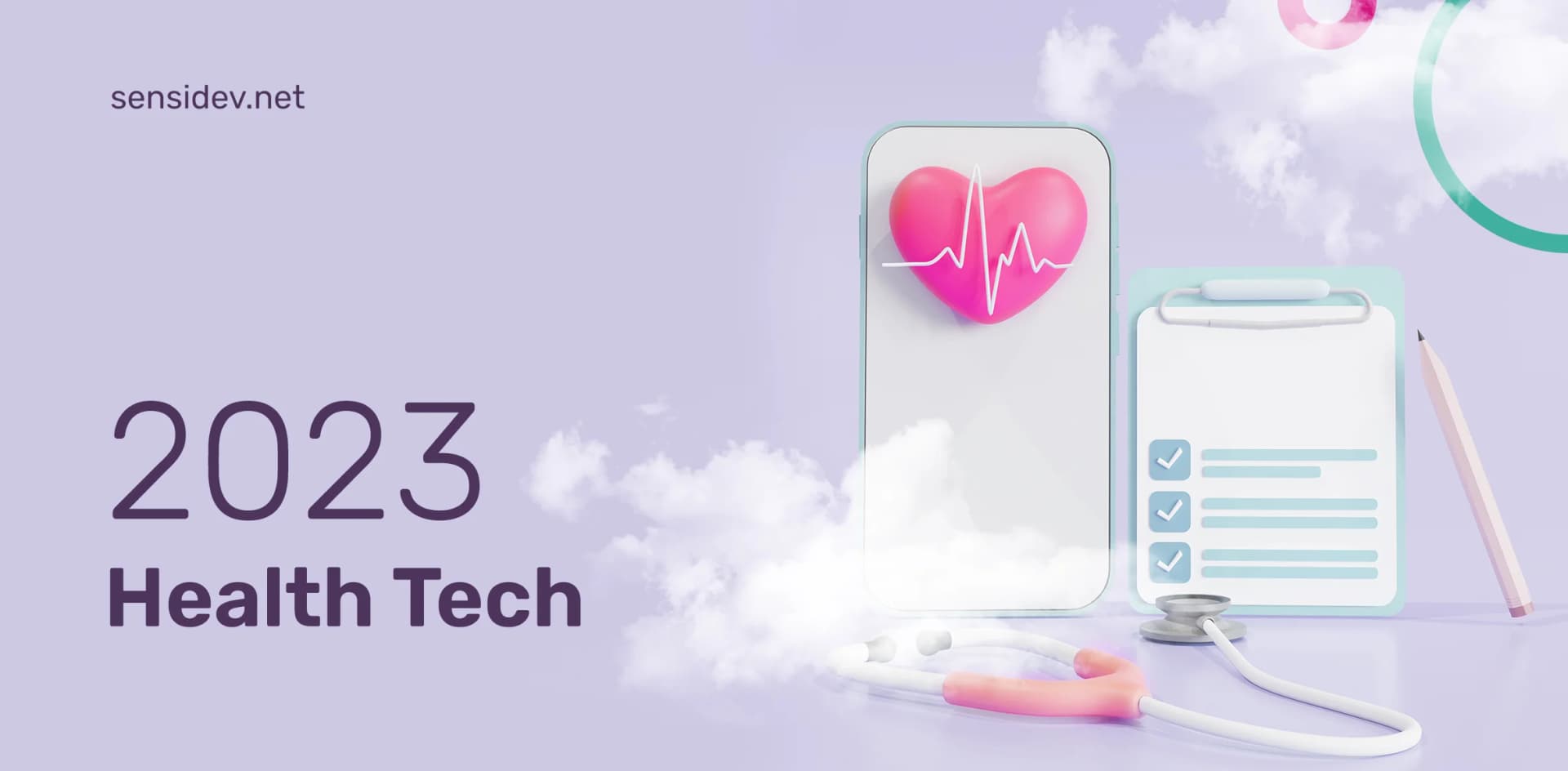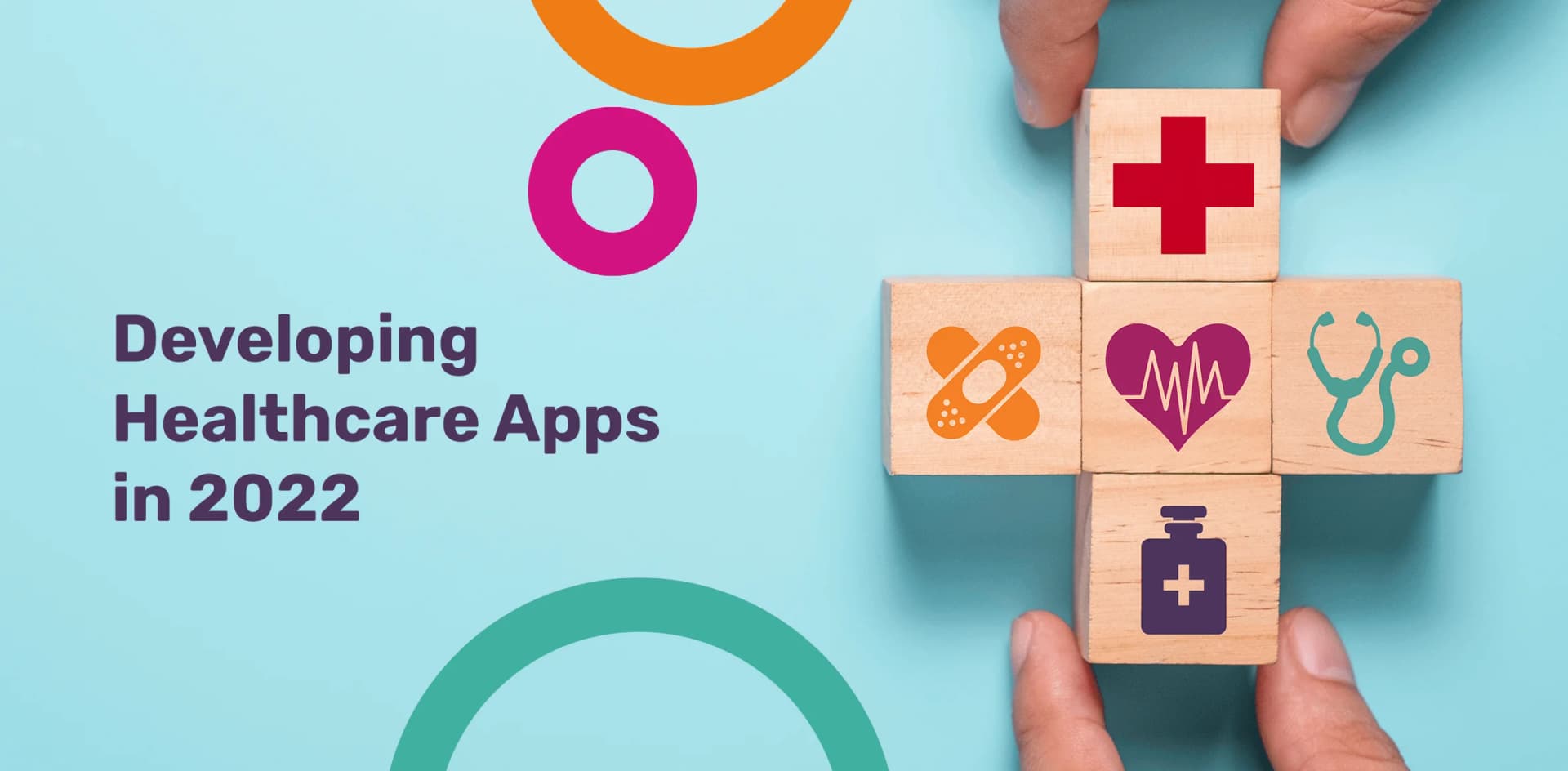
The Power of Digital Solutions in Healthcare
by Andreea Oproiu • almost 4 years ago • 4 min read
Making the best use of technology and improving the quality of life isn't a new concept, but when it comes to digital healthcare solutions, we're really talking about a vital aspect. In the face of the latest global concerns, ranging from high costs of access to healthcare to facing a global pandemic, those who are bringing more digital solutions to this scene, are contributing to an overall better life quality for all of us.
The good news is - we're lucky to be living these times, where advances in technology continue to bring innovative approaches. Deloitte Insights defines digital health as "radically interoperable data, artificial intelligence (AI), and open, secure platforms as central to the promise of more consumer-focused, prevention-oriented care."
Investors have also seen the opportunity of this emerging sector, and in 2020 alone, we have witnessed unprecedented growth with record levels in funding and accelerated virtual care delivery. Moreover, it looks like the investment will keep up in 2022 as well.
There is plenty of room for new digital solutions in this industry, and these are the major benefits they present:
1. New business opportunities
With the help of technology, medical representatives and clinicians can expand their business opportunities beyond their physical services. They create new and more convenient models for their patients and leave more room for growth and better relationships.
The digitalized version of healthcare also optimizes a high percentage of the medical staff's work, which enables more focus on other activities and generates new business opportunities both online and offline.
2. Higher customer engagement and reach with remote possibilities
The goal of digital health innovations is to lessen the administrative burden and other repetitious components of healthcare workers' jobs. This gives them more time to interact with patients and monitor them.
This is especially crucial for patients or clinics in rural locations, as well as home-care/outpatients for whom travel is difficult or not advised. Patients with clinical-grade technology in their pockets can give their health information to their doctor at any time.
3. Improve clinical workflows
Digital healthcare has the potential to improve clinical workflow efficiency. Gathering, storing, and using patient data for better medical decision-making, can act as a conduit for faster prioritizing of care delivery, triaging each case, and improving communication. These techniques can result in performance enhancements, such as raising patient satisfaction scores.
4. Reduces costs - both for patients and healthcare clinics
Because of the growing importance of consumerism and value-based reimbursement in healthcare, hospitals and health systems are emphasizing novel ways to contact patients in order to encourage them to engage in self-care. Clinicians must teach patients how to care for themselves between visits in order to treat them proactively. With the rise in chronic health disorders, medical professionals are turning to telehealth for remote monitoring as a method to improve outcomes while lowering costs.
With a telehealth appointment, for example, the doctor can interact with his patient by any digital device. Consider how much travel, parking, childcare, and time away from work can add up. The extra effort required to get to a distant doctor's facility can be stressful, but the costs can quickly pile up. Patients in some rural areas must travel overnight to see specialists in larger urban areas.
The same goes for healthcare clinics, which have to deal with increased costs when seeing patients or losses when these don't show up. The cost of a telehealth visit is much less than a traditional one , and it contributes to the overall efficiency of the clinic.
5. Improves the overall healthcare quality
Because technology can be the solution to delivering health care advice in acute conditions, it can create a better healthcare ecosystem. It is also being used to avoid unnecessarily frequent visits to the emergency room and it makes therapy more convenient by allowing patients to obtain care without having to travel large distances.
Another aspect regarding digital healthcare is that there are many areas in need of more technology solutions. According to McKinsey , there are nine valuable trajectories for these:
→ Research and development - Enhance drug R&D process
→ Screening and diagnosis - Intercept diseases through screening
→ Finance and operations - Optimize the financial model
→ Wellness and disease prevention - Improve wellness and prevent disease
→ Screening and diagnosis - Identify the right patient
→ Finance and operations - Increase operational efficiency
→ Care delivery - Provide more effective therapies
→ Care delivery - Provide remote patient support
→ Care delivery - Supply therapies to patients
Want to build a software solution for the healthcare industry?
We can turn your idea into reality. At Sensidev, we understand the importance of innovation and digital transformation and we're contributing to better technology solutions daily.
If you want to make the world a better place with digital healthcare, contact us and let's make it happen!

